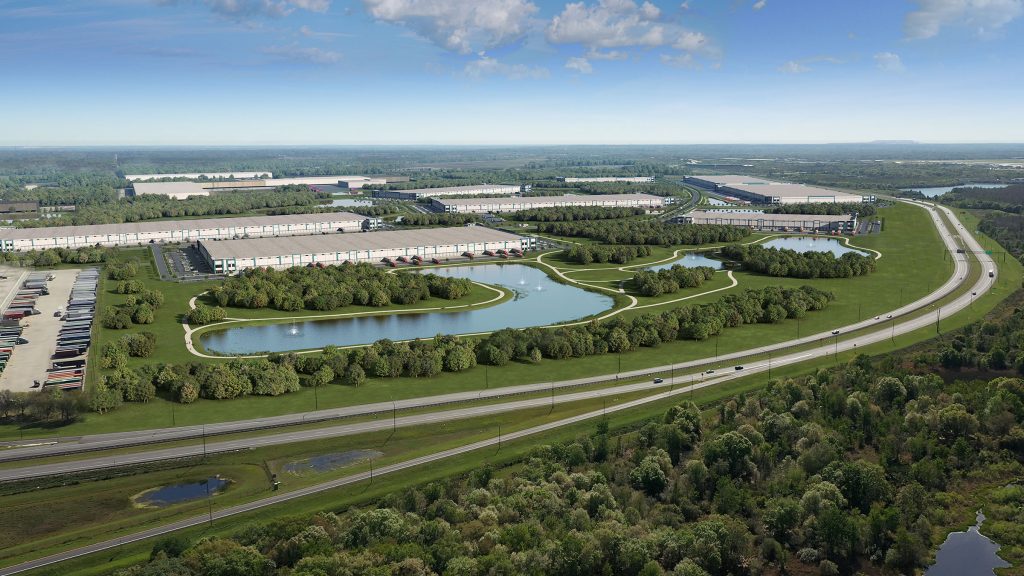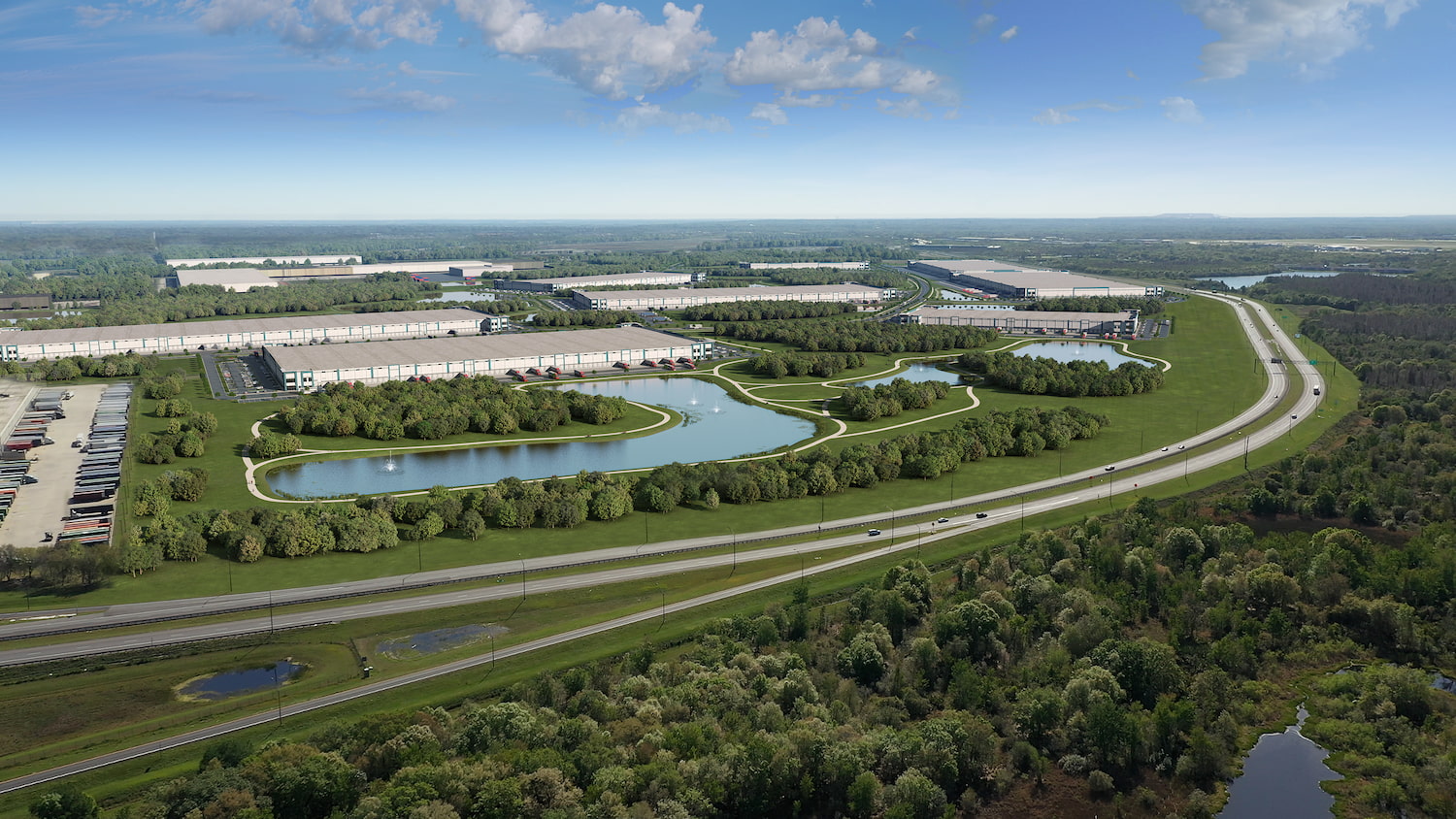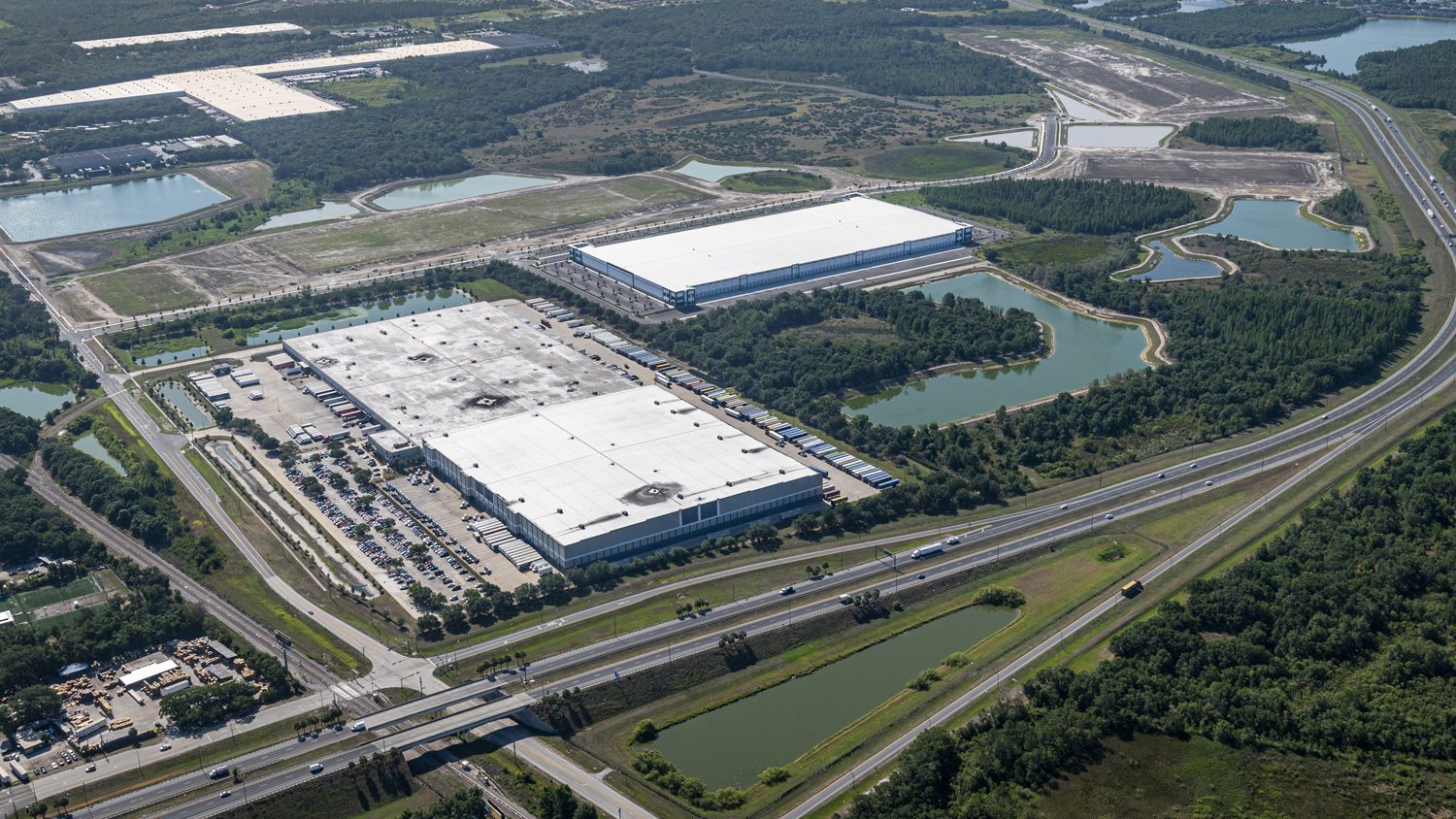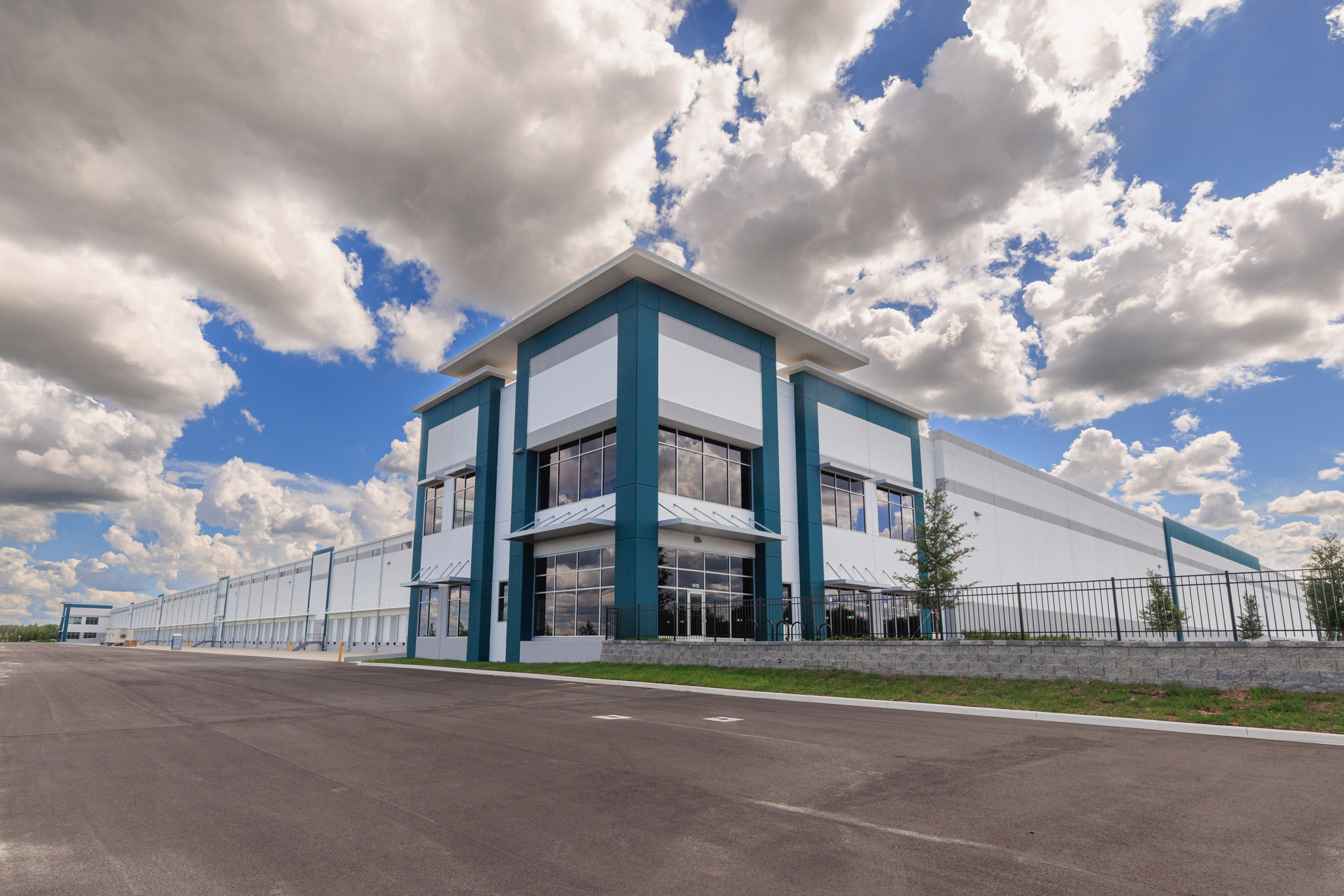May 14, 2021 – Parkway to being construction on up to 5-million square feet of industrial space in Central Florida. Lakeland Central Park featured in the Tampa Bay Business Journal.
By Ashley Gurbal Kritzer – Real Estate Editor, Tampa Bay Business Journal
One of the largest undeveloped tracts in the Interstate 4 corridor is set to break ground next week — at a time of unprecedented demand and investor interest in Central Florida’s industrial real estate market.
Infrastructure work will begin at Lakeland Central Park, the 730-acre property Parkway Property Investments and Silverpeak Real Estate Partners paid $10 million for in 2019. At full buildout, the park — west of Airport Road and south of Old Tampa Highway, near Publix Super Markets Inc.’s corporate headquarters — will include 5 million square feet of industrial space and 500,000 square feet of multifamily, retail and general commercial space.
The first phase will be 2 million square feet of industrial space, and the developers will begin construction on a 708,000-square-foot warehouse as soon as infrastructure work wraps up, Parkway CEO Jim Heistand told the Tampa Bay Business Journal. The timing of the remaining 1.3 million square feet in the first phase will depend on the leasing of the spec building. Jr. Davis Construction Co. has been hired to handle the infrastructure work, and Heistand said the developers are in negotiations with general contractors for the vertical construction.
Charles Foschini, Christopher Apone, Michael Weinberg and Alec Fox from Berkadia Commercial Mortgage LLC arranged the $38.25 million construction loan for phase one with Wells Fargo.

The development costs for the industrial portion total $400 million, Heistand said.
In Central Florida, the novel coronavirus pandemic pushed an already hot industrial real estate market into overdrive. Sprawling warehouse developments represent thousands of new jobs and millions of dollars in capital investment. Parkway has hired JLL Inc. brokers in Tampa and Orlando to market the spec warehouse for lease.
There’s already been an influx of interest, Heistand said, though those potential tenants needed space faster than the developers could deliver it as they wound through the entitlement process.
Heistand describes his vision for Lakeland Central Park as a “very high-end, comprehensive logistics park,” with sidewalks that wind around the wetlands portions of the land. The property is surrounded by several large distribution centers, including Rooms To Go and Southern Wine and Spirits.
Parkway purchased the site from Flagler, one of Florida’s most prominent developers. Flagler had owned the property since 2004.
“It has sat fallow since 2004, while all the industrial development in Lakeland has continued to boom around it,” Heistand said. “So it is the hole in a doughnut, locationally.”
Speculative construction in the 700,000-square-foot range was unprecedented in the I-4 corridor until about five years ago; since 2017, several warehouses have broken ground speculatively, landed a tenant and sold for scorching prices. Most recently, the speculative 700,000-square-foot Lakeland Dragstrip Logistics Center landed Amazon.com as a tenant and sold for more than $100 million.
Amazon has been one of the most active warehouse tenants in Florida, buying and leasing space at a record pace in 2020. But Heistand says there’s plenty of activity in the market beyond the e-commerce behemoth, including both new-to-market tenants and those looking to grow.
“If we were relying only on Amazon, we’d have an issue,” he said.
Orlando-based Parkway has traditionally operated in the office sector, but the company diversified into industrial and multifamily real estate before the novel coronavirus pandemic. Heistand said he has a few more industrial deals in the works, including one in the Tampa area, but that Parkway still sees opportunity in the office market.
“Office will survive,” he said. “It’s a question mark as to which will do better and which will do worse, but Parkway has properties from Charlotte to Phoenix. We’re in the Sunbelt, and those locations have continued to see population growth.”



